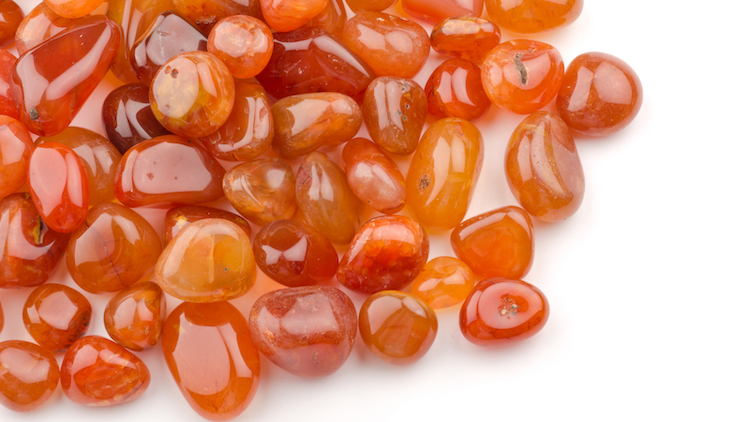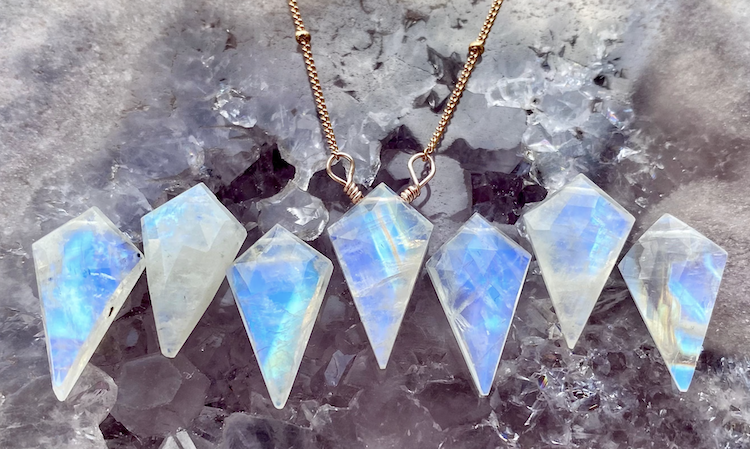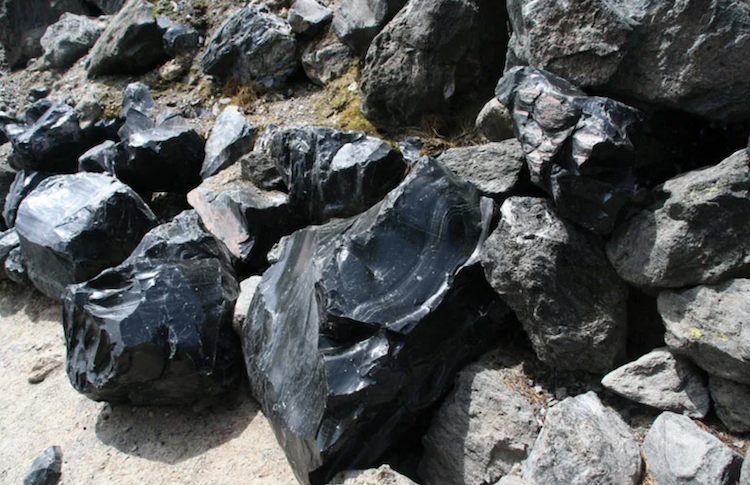How Much is a Pound of Diamond Worth? Price by Color
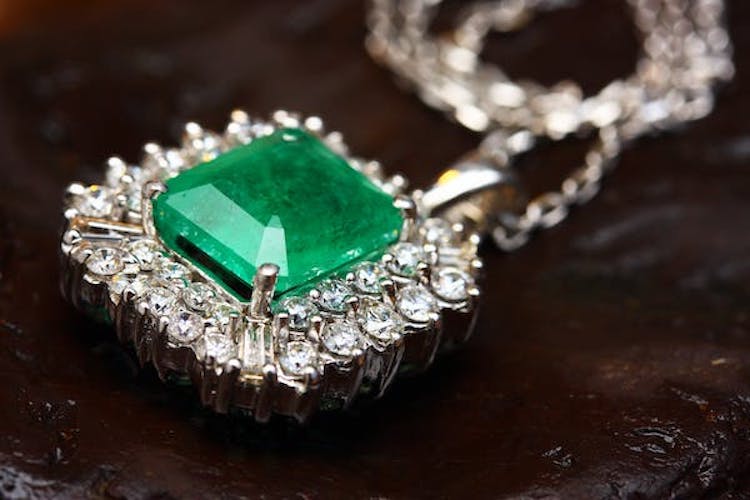
Diamonds are indeed a girl’s best friend, but these rocks are not cheap. Diamonds have won the hearts and wallets across the world, but the question is how much is a pound of diamond worth?
Diamonds are not only pretty, but the small gemstones have established themselves as a symbol of love, luxury, and even power. For centuries, diamonds have been cherished for their unparalleled brilliance and enduring symbolism.
When it comes to assessing the value of a diamond, one of the primary factors to consider is its color. The color of a diamond plays a pivotal role in determining its worth, and understanding the intricacies of this aspect can empower buyers and enthusiasts alike.
Read on as we uncover the real value of these precious gems and the factors that determine the price of diamonds.
What are Diamonds
Diamonds are formed from carbon that has undergone extreme heat and pressure deep within the Earth’s mantle. Carbon atoms crystallize to form diamonds over millions or even billions of years. Volcanic eruptions then bring these diamonds closer to the Earth’s surface, where they can be mined.
Composed of carbon atoms arranged in a crystal lattice structure, diamonds are the hardest known natural material, scoring a perfect 10 on the Mohs scale of mineral hardness.
These stunning gemstones are crystal clear, scratch-resistant and refract light which makes them brilliant and highly sought-after.
How Much is a Pound of Diamond Worth?
In general, 1-carat of diamond is worth somewhere between $2,000 to $18,000. Now a single carat has 0.2 grams, and there are roughly 453 grams in a pound. It means that 1 pound of diamond would be around $45,355,920.
However, it is important to remember that the actual price may vary as it depends on a lot of factors such as the shape, cut, color of the diamond, and the demand in the market.
Also read:
How Much Is Diamond Worth
Let’s take a look at the different colors of diamonds available and their worth:
Colorless Diamonds
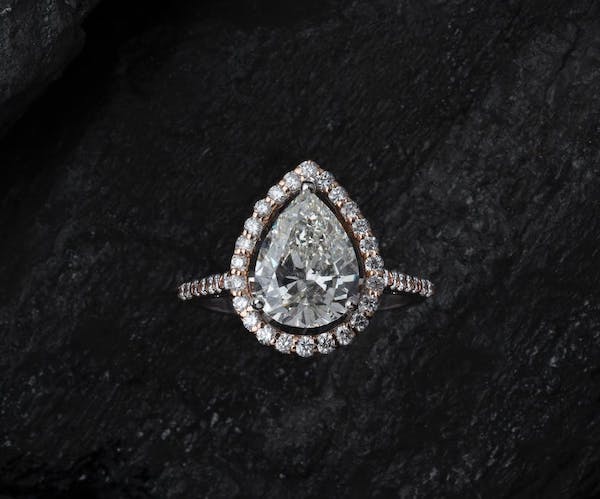
At the top of the color scale are diamonds graded as D, E, and F, commonly referred to as colorless diamonds. These gems are exceptionally rare and prized for their lack of any visible color.
The absence of color allows light to pass through the diamond effortlessly, resulting in a brilliant sparkle. These diamonds are very rare as they don’t contain any level of impurity. Their rarity makes them extremely valuable.
How much is a colorless diamond worth: Colorless diamonds with a D grade are the most expensive. A 1-carat D-grade diamond starts from around $7,000.
Red Diamond
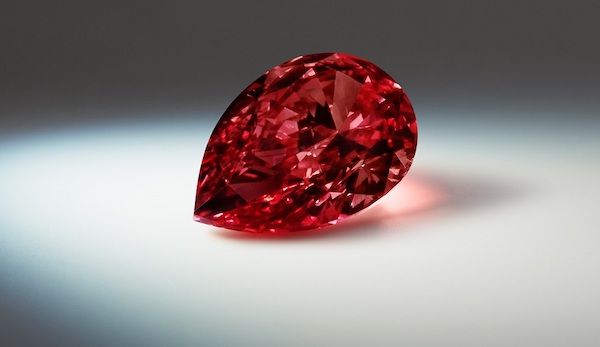
Red diamonds are very rare and their unique color comes from a phenomenon known as “plastic deformation”. During its formation, the high pressure and heat changes the crystal lattice of the diamond, imparting a red color.
A red diamond can only absorb specific wavelengths and transmit only red color. It also contains trace elements of boron and nitrogen which influence its color.
How much is a red diamond worth: Red diamonds are extremely rare and their price usually ranges from $1,000,000 – $1,500,000.
Yellow Diamond
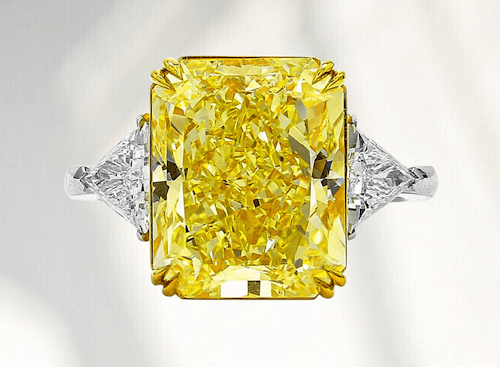
Diamonds graded K, L, and M exhibit faint to light yellow hues due to the presence of nitrogen within their crystal lattice. While these diamonds may not possess the colorless purity of higher-grade stones, they still radiate a warm and elegant glow.
The affordability of diamonds in this color range makes them a popular choice for individuals looking to maximize size and carat weight without breaking the bank.
How much is a yellow diamond worth: Yellow diamonds are very common and their quality can vary greatly. Typically a yellow diamond costs around $80-$5000 per carat.
Pink Diamond

Pink diamonds are very rare, and their pink color is due to a process called ‘plastic deformation’. Pink diamonds don’t get their color because of any impurity in the crystal lattice, but the way they reflect light.
Because of immense pressure and heat, their crystal lattice is altered, causing the stone to absorb selective light and pink tones to shine through. This gem is sought-after by jewelers.
How much is a pink diamond worth: Pink diamond is one of the most sought-after colors, and is typically priced at $5000-$15,000 per carat.
Green Diamond
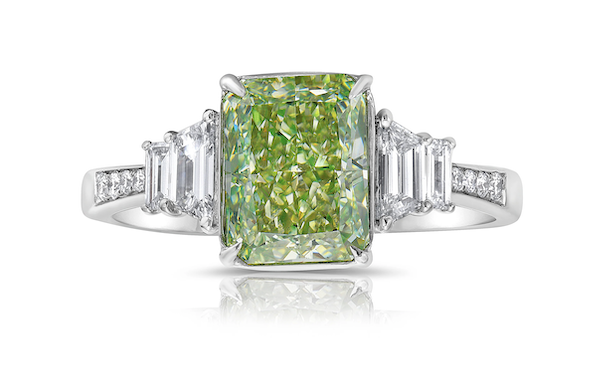
Green diamonds are very rare and they get their color as a result of natural irradiation. Green diamonds are formed close to radioactive minerals deep within the Earth’s crust, and they absorb the radiation, altering their structure.
Because of the change in their crystal lattice, green diamonds can only absorb and transmit selected wavelengths, thus giving green hues. Because of its vibrant beauty, it’s mostly used as the centerpiece in jewelry pieces.
How much is a green diamond worth: Green diamonds are very rare, and are priced at around $5000 to $10,000 per carat depending upon the brightness of the green color.
Blue Diamond

Blue diamonds are very rare. They come in different shades of blue like topaz, greenish blue, or sky blue. These gems get their blue color due to the presence of boron within their crystal lattices.
Blue-colored diamonds are very rare and a single ring can sell for up to a million dollars depending on the cut, carat, and the impurities present in the stone. It is highly sought-after among collectors as well due to its rarity and beauty.
How much is a blue diamond worth: Blue diamonds are very rare and their price depends on various factors like the cut, color, and carat. Typically, a blue diamond is worth $20,000 to $40,000 per carat.
Why are Diamonds so Expensive
Diamonds are renowned for their high price tags, and several factors contribute to the expense associated with these precious gemstones. The number one factor is rarity. Diamonds are relatively scarce in nature, and their formation requires specific geological conditions.
Once mined, rough diamonds must be cut and polished to enhance their brilliance and overall appearance. This process is highly skilled and labor-intensive, involving precision techniques to maximize a diamond’s visual appeal. The expertise required for cutting and polishing adds to the overall cost of the finished gem.
Diamonds have been culturally and historically significant, particularly in the context of engagements and special occasions. The enduring popularity of diamonds in jewelry, coupled with their symbolic value, contributes to sustained market demand. The interplay of supply and demand in the market can impact diamond prices.
Diamonds are often seen as an investment and a store of value. Additionally, their emotional significance, especially in the context of engagement rings and heirlooms, adds to their perceived value. The sentimental value associated with diamonds contributes to their enduring appeal.
Factors Determining the Price of Diamond
Here are some of the common factors that determine the price of a diamond:
1. Color
Diamonds come in a spectrum of colors, ranging from colorless to light yellow or brown. The Gemological Institute of America (GIA), a renowned authority in gemology, has established a standardized grading system for diamond color.
The scale begins with D (colorless) and progresses alphabetically, with increasing levels of color intensity. Each diamond color is priced differently, depending on the rarity of the gem and clarity.
2. Carat Weight
Carat weight, often one of the first factors considered, refers to the size of the diamond. Larger diamonds are generally more valuable, assuming all other factors are equal.
However, the relationship between carat weight and price is not linear. As diamonds increase in size, their price per carat tends to rise exponentially, reflecting the rarity of larger stones.
3. Cut of the Diamond
The cut of a diamond significantly influences its sparkle and overall beauty. A well-cut diamond reflects light in a way that enhances its brilliance and fire.
The GIA grades diamond cuts on a scale from Excellent to Poor, with each grade affecting the diamond’s value. A perfectly cut diamond maximizes its visual appeal, regardless of its color or clarity.
4. Clarity
Diamond clarity assesses the presence of internal or external flaws, known as inclusions and blemishes, respectively. The GIA grades clarity on a scale from Flawless (no imperfections visible under 10x magnification) to Included (imperfections visible to the naked eye).
While flawless diamonds are rare and highly valuable, diamonds with slight imperfections may still appear flawless to the unaided eye and offer a more budget-friendly option.
5. Rarity
The rarity of certain diamond characteristics, such as fancy colors or specific cuts, can influence pricing. Market trends and consumer preferences also play a role. For example, increased demand for a particular shape or color can lead to higher prices.
Conversely, shifts in consumer preferences may impact the value of certain diamond characteristics over time.
6. Shape
The shape of a diamond also affects its price. Round brilliant diamonds are the most popular and often the most expensive due to their exceptional light performance.
Fancy shapes, such as princess, emerald, and oval, offer unique aesthetics and may be more affordable per carat than their round counterparts. The choice of shape is a matter of personal preference, and each shape has its own appeal.
Conclusion
Diamond is one of the most sought-after and expensive gemstone. It’s value depends upon a lot of different factors, so getting an appraisal on your stone is very important. Make sure to search for a professional appraiser with expertise in diamonds. Making an informed decision will make sure you get the best price for your diamond.

![Fluorite Price By Color [How Much is Fluorite Worth]](https://rocksfinding.com/wp-content/uploads/2023/11/Fluorite-Price-By-Color.png)
